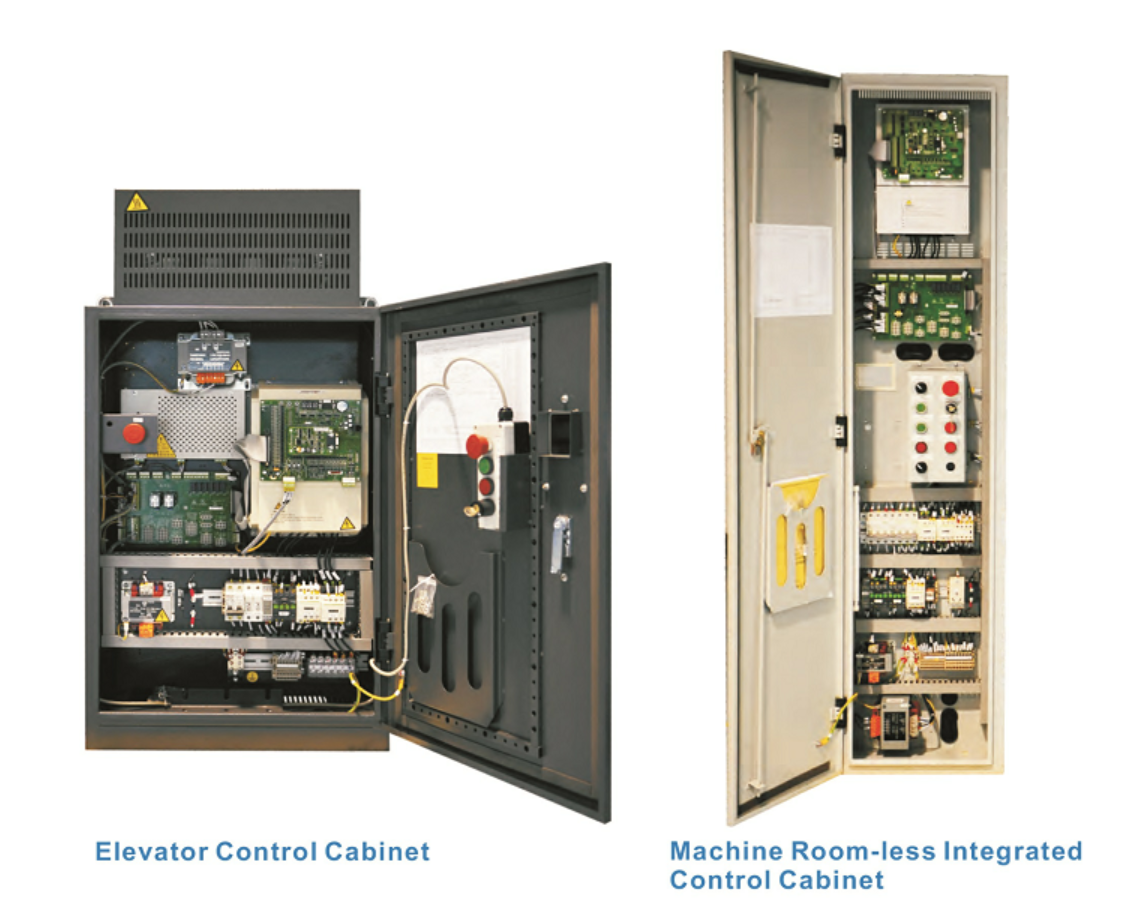
Image Source- Google
Elevator control systems play a crucial role in ensuring efficient vertical transport in modern buildings. As urban landscapes continue to grow taller, the demand for faster, smarter, and more reliable elevator systems has also increased. Elevator control systems are the brains behind these vertical transport solutions, orchestrating the movement of elevators to optimize speed, energy efficiency, and passenger safety. If you are looking for an elevator control system, you may visit this website.
Mastering the art of efficient vertical transport with elevator control systems is essential for creating seamless and comfortable experiences for building occupants.
The Basics of Elevator Control Systems
Before delving into the intricacies of mastering efficient vertical transport, it's important to understand the basics of elevator control systems. These systems are designed to manage the operation of elevators within a building, ensuring smooth and timely transport of passengers between floors. Here are some key components and functions of elevator control systems:
Components of Elevator Control Systems
- Controller: The central processing unit that receives signals from various sources and determines the most efficient elevator assignments.
- Call Buttons: Input devices located on each floor that allow passengers to request an elevator.
- Car Operating Panel: Interface inside the elevator cabin for passengers to select their desired floor.
- Door System: Mechanism responsible for opening and closing the elevator doors safely.
Functions of Elevator Control Systems
- Dispatching: Assigning elevators to respond to passenger calls based on factors like proximity, direction, and waiting time.
- Traffic Management: Optimizing elevator movement to minimize wait times and enhance passenger flow.
- Emergency Response: Implementing safety protocols and procedures in case of emergencies such as power outages or elevator malfunctions.
Efficiency Through Destination Control
One of the key strategies for mastering efficient vertical transport is the implementation of destination control systems. Unlike traditional elevator systems where passengers input their desired floor inside the cabin, destination control systems require passengers to select their destination floor before entering the elevator. This information is used by the control system to group passengers with similar destinations together, optimizing travel times and reducing stops. Here are some benefits of destination control systems:
Benefits of Destination Control Systems
- Reduced Travel Times: By grouping passengers with similar destinations, destination control systems minimize intermediate stops and travel times.
- Improved Efficiency: The system intelligently assigns elevator cars to serve specific groups of passengers, increasing overall system efficiency.
- Enhanced Comfort: Passengers experience smoother rides with fewer stops, leading to a more comfortable journey.
Advanced Technologies for Vertical Transport
With advancements in technology, elevator control systems have also evolved to incorporate cutting-edge features that further enhance efficiency and convenience. From predictive maintenance tools to integration with building management systems, these technologies are transforming the way vertical transport is managed. Here are some advanced technologies used in modern elevator control systems:
Advanced Technologies in Elevator Control Systems
- IoT Integration: Elevator systems can be connected to the Internet of Things (IoT) for real-time monitoring, predictive maintenance, and remote diagnostics.
- Artificial Intelligence: AI algorithms analyze passenger traffic patterns to optimize elevator movement and reduce wait times.
- Destination Dispatch: Enhanced destination control systems that consider additional factors like passenger preferences and building traffic flow.
- Energy Efficiency Solutions: Elevator control systems are designed to minimize energy consumption through features like regenerative drives and standby mode optimization.
Ensuring Safety and Compliance
While efficiency and speed are important factors in elevator control systems, safety and compliance with regulations are paramount. Elevator manufacturers and building owners must adhere to strict safety standards to protect passengers and maintain the integrity of the vertical transport system. Here are some key considerations for ensuring safety and compliance in elevator control systems:
Safety Measures in Elevator Control Systems
- Regular Maintenance: Scheduled maintenance checks and inspections help identify and address potential issues before they escalate.
- Emergency Protocols: Clear procedures for emergency situations such as entrapments, power failures, and natural disasters.
- Compliance with Standards: Adherence to local building codes, elevator safety regulations, and industry standards to ensure safe operation.
Conclusion
Mastering the art of efficient vertical transport with elevator control systems involves a combination of technology, strategy, and safety measures. By leveraging advanced technologies like destination control systems and IoT integration, building owners and facility managers can provide smooth, fast, and comfortable vertical transport experiences for occupants. Ensuring compliance with safety standards and regulations is equally important to maintain the integrity and reliability of elevator systems in modern buildings. With the right tools and practices in place, efficient vertical transport becomes not just a goal, but a reality in today's urban landscapes.